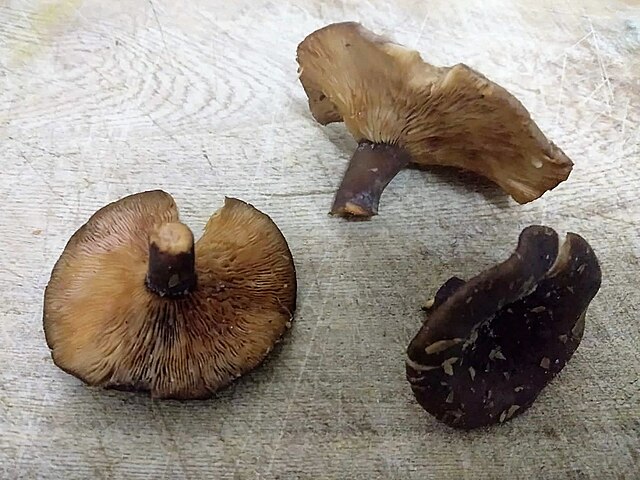Governmental grants, expertise and a dynamic dietary culture are slowly but surely turning mushroom production in Zambia into an economic miracle.
IPP Media reports that the pioneering efforts of a middle-aged woman, Tomaida Ziwa, have paid off with a maturing market.
The 55-year old Ziwa helped capture the imagination of Zambians on the palatability of some mushrooms. In her wake came over 500 women and youthful farmers, whose integration has now mushroomed into economically viable cooperatives.
Among the groups is Mansa Mushroom from the north of the country, which in June 2024 got 15,000-kwacha ($527) governmental grant.
Deep Cultivation Knowledge
Along the road, grower groups such as Mansa have come to master all essentials to mushroom production.
These farmers know that fungi don’t rely on light but rather thrive on other living things such as spawn and cotton husks.
Cotton husks help to form a substrate or soil level layer on which mushrooms grow and draw their vital nutrients.
Nevertheless, a social media post by the Mushroom Growers Association of Zambia (MGAZ), shows bulk cotton husks as rather expensive. At the time of the post in October 2023, they cost around 2,200 kwacha ($77.22) a tonne.
Two Main Species
Economics aside, the peak season of edible fungi in Zambia is between November and April during the rainy season.
One of the season’s favorites is oyster mushroom (Pleurotus ostreatus), which is relatively affordable from US$2 per 200 g, wholesale.
Another popular seasonal type is the button mushroom (A. bisporus), also affordable from 180 kwacha ($6.32) per kg, wholesale.
An emerging type with export appeal especially to the Far-east is the Japanese shiitake mushroom (L. ododes).
Because of availability in dried form rest of the year, Zambia’s mushroom prices vary and create healthy market dynamics.
An ultimate factor that has made mushroom production in Zambia successful is culinary orders by speciality restaurants that serve local dishes. Such eateries offer cooperatives monthly supply contracts that insure perpetual income. But as the statistics in the next section show, information about the industry is still sketchy.
Statistics on Mushroom Production in Zambia
With its 40 million hectares of farmland, 10% under cultivation as of 2014, Zambia has great potential for a mushroom industry. This arable land could provide opportunities for large-scale farms in a country where mushroom culture goes back five decades. Indeed, by the early 1980s, locals still used to gather edible mushrooms from November to March as alternative diet.
In terms of production, Zambia has virtually no production data, which makes it not appear on African lists. Top producers in Africa include neighboring Zimbabwe (926.72 tonnes), after Algeria (1,197 t), Morocco (2,237.6 t) and South Africa (3, 256 t).
Still, the media reveals that the mushroom production rate is quite high in Zambia at 15 tonnes per day. This according to a Times of Zambia report on one large-scale farmer.
Are there mushroom factories in Zambia?
As of 2014, a mushroom factory occupying 70,000 square meters was underway, courtesy of a company from China.
